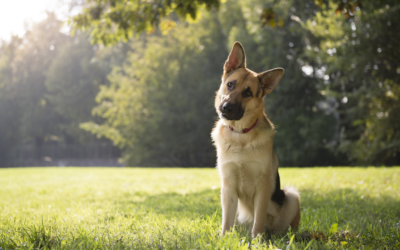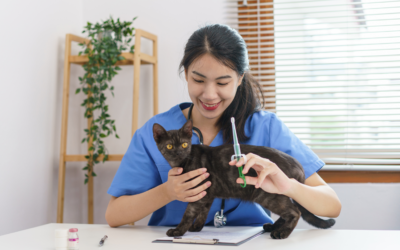Introduction Dealing with separation anxiety in dogs is a common challenge for pet owners. This condition can cause significant distress for both pets and their owners. At Brawley Animal Hospital, we understand the importance of addressing this issue. In this article, we will explore the symptoms of separation anxiety in dogs and provide practical solutions to help your furry friend cope.
Symptoms of Separation Anxiety in Dogs
Excessive Vocalization
Dogs with separation anxiety often express their distress through excessive barking, whining, or howling when left alone. This behavior is not just disruptive but is a clear sign of their anxiety.
Destructive Behavior
Another manifestation of separation anxiety is destructive behavior. Dogs may chew on furniture, scratch doors, or engage in other destructive activities, often resulting in costly repairs or potentially harmful situations.
Potty Accidents
Even house-trained dogs might have accidents indoors due to the stress of being alone. This behavior can be both messy and an indicator of deeper anxiety issues.
Solutions for Separation Anxiety in Dogs
Gradual Desensitization
Gradually acclimatizing your dog to being alone can be effective. Start with short periods of separation and then slowly increase the duration. This helps your dog understand that being alone is not a threat.
Providing Distractions
Engaging your dog’s mind is key. Puzzle toys and treat dispensers can keep them occupied, helping to reduce anxiety and prevent destructive behaviors.
Exercise and Mental Stimulation
Before leaving your dog alone, ensure they have had enough physical activity and mental stimulation. A well-exercised dog is more likely to rest calmly in your absence, reducing anxiety-related behaviors.
Creating a Comfortable Environment
Set up a cozy and safe space for your dog. This can include a comfortable bed, access to water, and even leaving a radio or TV on for background noise, which can be soothing.
Consulting a Veterinarian
In cases where separation anxiety is severe, consulting with a veterinarian is crucial. They may recommend behavioral therapy or prescribe medication to help your dog cope more effectively.
Conclusion
Understanding and addressing separation anxiety in dogs is key to ensuring their well-being. By recognizing the signs and implementing these solutions, you can help your furry friend feel more secure. Remember, every dog is unique, so you might need to try different strategies to find what works best for your pet.




